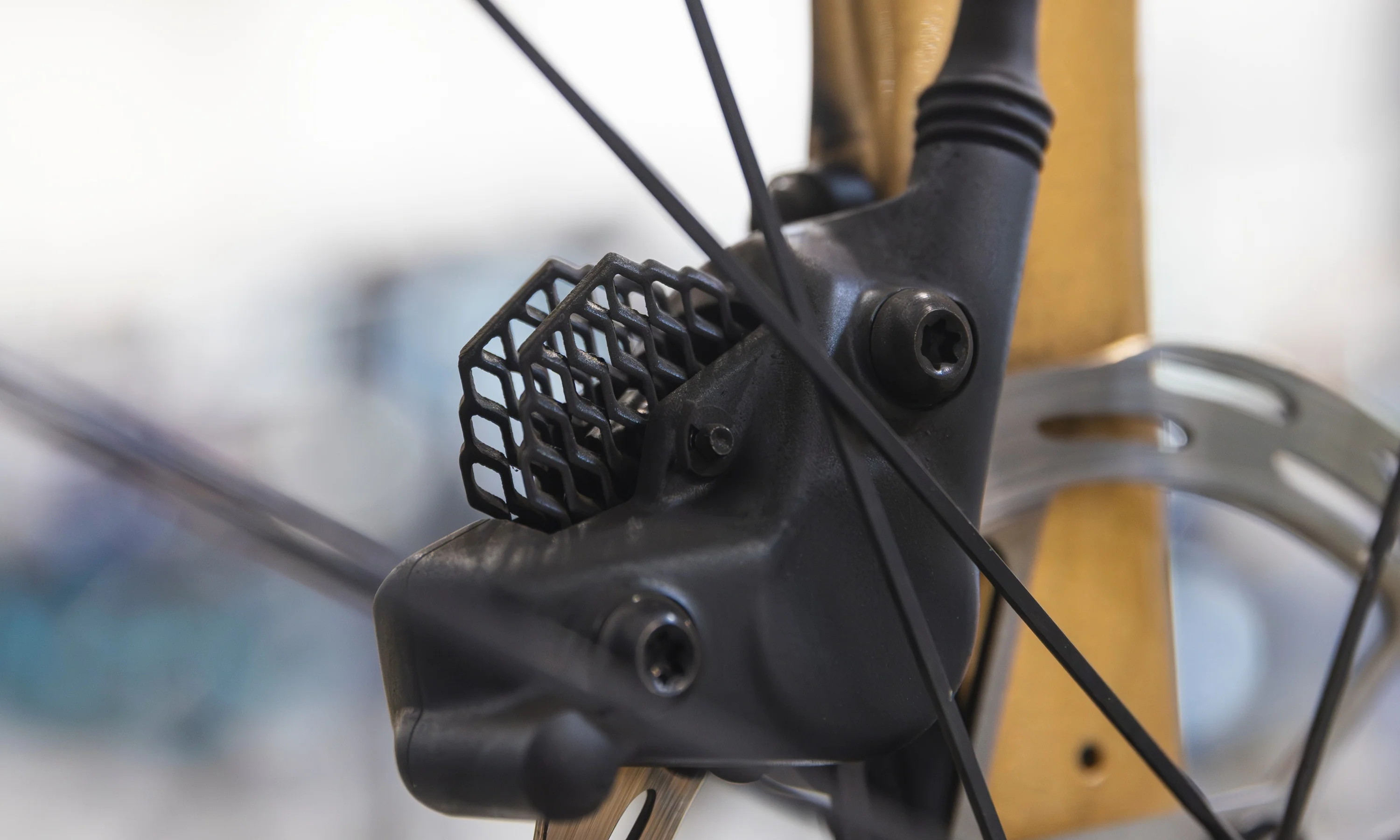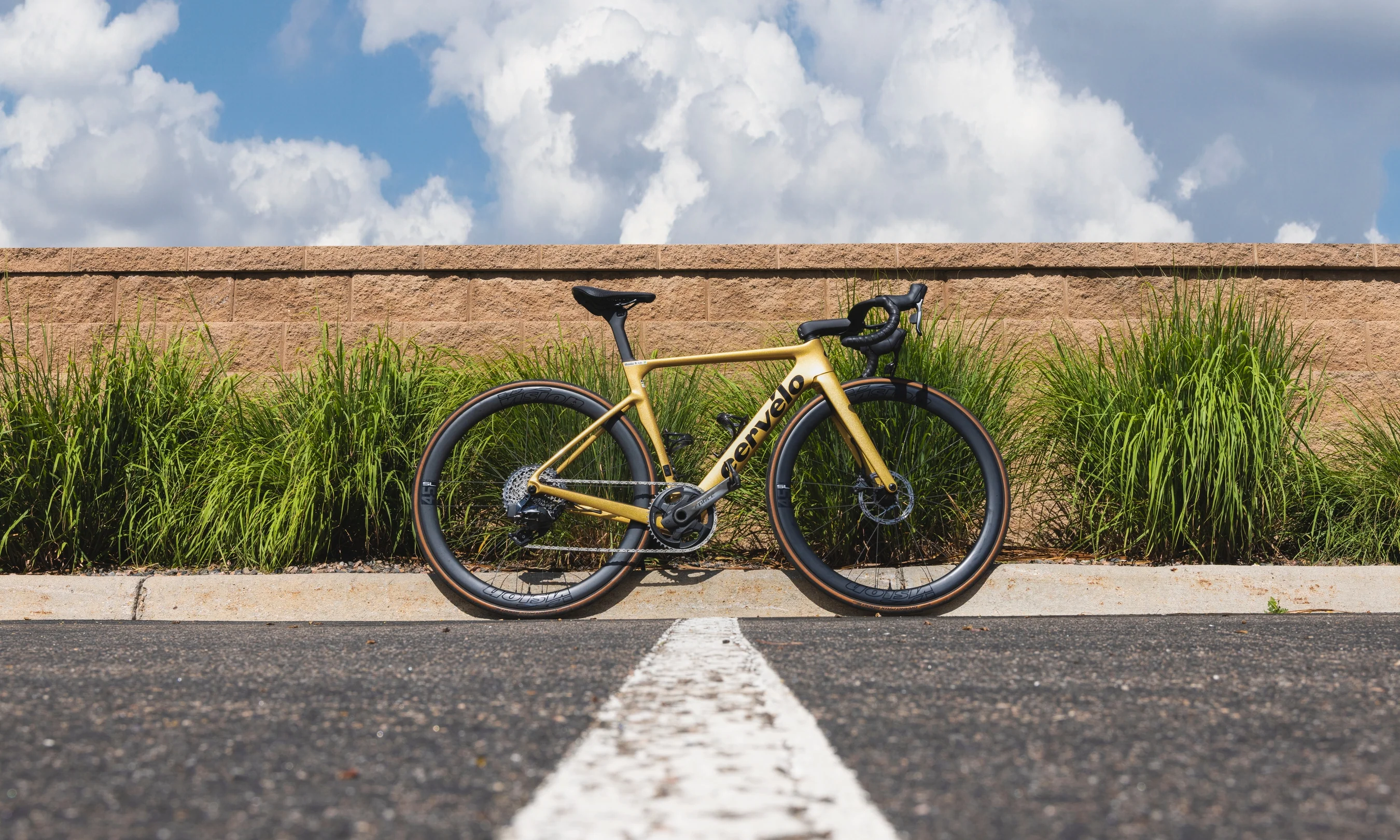I’m always willing to empty my wallet in hopes of increasing my performance. Aero frame, check. Deep carbon wheels, check. A race-prepped chain and oversized pulley wheels, double-check. So when I sacrifice all of my paychecks in the name of speed, what do I achieve?
On my last ride, I managed to PR a Strava segment by a couple of seconds. Totally worth it.
But what if I told you there was a product that costs substantially less than anything listed above while also providing more watts per dollar? I’m talking about aero socks. Yeah, I see you rolling your eyes, and that’s okay. #Aeroiseverything isn’t for everyone. But for riders like me who enjoy optimizing their gear, adding aero socks to your wardrobe makes a lot of sense. Here’s why.
[button]Shop Cycling Apparel[/button]
Why you should consider wearing aero socks
|
Product |
Potential watt savings |
Potential cost |
Dollars/watt |
|
Aero frame |
20 watts |
$5,500 |
$275/watt |
|
Aero wheels |
25 watts |
$2,500 |
$100/watt |
|
Aero handlebars |
10 watts |
$350 |
$35/watt |
|
Race tires |
25 watts |
$175 (pair) |
$7/watt |
|
Race-prepped chain |
5 watts |
$175 |
$35/watt |
|
Oversized pulley wheels |
2 watts |
$600 |
$300/watt |
|
Aero helmet |
15 watts |
$300 |
$20/watt |
|
Aero skinsuit |
20 watts |
$200 |
$10/watt |
|
Aero socks |
8 watts |
$30 |
$3.75/watt |
[product-block handle="7459208659136-silca-everyday-aero-tall-socks"/]
[product-block handle="7325970301120-silca-aero-race-sock"/]
Keep in mind that I’m not a scientist or engineer, and I definitely don’t have a wind tunnel at TPC. This table is the result of me obsessively shopping for new gear and compiling info about what independent testers and manufacturers claim gear can save you. For the purposes of this piece, potential watt savings and prices are all rough estimates.
The key takeaway is that, when compared to big ticket items like frames, wheels, helmets, and skinsuits, aero socks are much more affordable yet can provide measurable gains. When it comes to value for performance, aero socks will beat any other product you could buy. Tires and skinsuits follow closely behind but are also much more expensive.
[newsletter]
How aero socks make you faster
 World Champion Julian Alaphilippe wins La Flèche Wallonne in Castelli Fast Feet aero socks. Photo: A.S.O./Gautier Demouveaux
World Champion Julian Alaphilippe wins La Flèche Wallonne in Castelli Fast Feet aero socks. Photo: A.S.O./Gautier Demouveaux
Aero socks work because your lower legs are essentially vertical tubes constantly fighting their way through the wind. If you think of your shin as 12 o’clock, the air naturally wants to separate at the 3 and 9 o’clock positions while passing over your leg. This leaves a large wake of turbulent air behind your legs, creating drag. Keep that air attached to the surface, and turbulence is reduced. An aero sock adds texture to your leg (like a golf ball) to keep air attached longer, reducing the size of the wake and thus minimizing drag.
The watt savings you get from aero socks aren’t hypothetical. They’ve been tested and proven in the wind tunnel to be faster than “regular” socks, and though you may not hear about it, many pro road teams already use them.
To learn more, I reached out to Silca CEO, Josh Poertner. If you don’t know, Poertner is the former Technical Director for Zipp, and one of the godfathers of the marginal gains movement in cycling. Poertner has admitted that he was an aero sock skeptic. But after seeing consistent watt savings during extensive wind tunnel testing with Castelli, he changed his tune.
“I was shocked the first time I saw these things work in the wind tunnel,” he explained. “We've now seen those results repeat over and over again with hundreds of athletes. It's no coincidence that every WorldTour team that we consult with is now on aero socks for pretty much every single day of racing.”
 Ineos was the most dominant Grand Tour team of the last decade. Clearly it's because of the aero socks. Photo: A.S.O./Alex Broadway
Ineos was the most dominant Grand Tour team of the last decade. Clearly it's because of the aero socks. Photo: A.S.O./Alex Broadway
Silca claims its knit aero socks will save 4-8 watts during regular riding. At higher speeds though, the savings could be even greater. Around 30mph (where many aero products are tested), Poertner claims his socks can save up to 12 watts. Rule28, which claims to have “the fastest socks on the planet,” has wind tunnel testing that shows that above 30mph their aero socks can save a massive 13-17 watts. Even if you only achieve the lower end of the claimed gains, that’s still pretty impressive for something as simple and affordable as a sock
"In terms of watts saved per dollar spent it's darn near impossible to beat aero socks for value,” Poertner said. “On average, a $30 pair of aero socks can save 4-5x the wattage of a $500+ oversized pulley system!"
If you’ve optimized everything else from your riding position to your gear, aero socks are the perfect cherry for your marginal gains sundae. If you’re looking for the best bang for your buck, nothing else compares to aero socks.
Aero socks are objectively kind of silly for the average rider, and I’m not winning enough (or any) races to justify owning them. But I need to buy socks anyway, and for high-quality socks that last a few seasons, I’m already spending around $20-30. So I might as well feed two birds with one hand and buy aero socks instead of “regular” socks to get that extra performance boost. Not only that, I can wear aero socks on all of my rides while more expensive apparel like a skinsuit is too specialized to use every day.
A brief history of aero socks
At the end of 2012, the UCI banned overshoes in track events because they were “non-essential items of clothing” designed purely to improve aerodynamics. Of course, since this is the UCI, this ban has since been overturned. In the interim, teams and manufacturers developed aero socks to fill the void.
 This screen cap from Bradley Wiggin's Hour Record attempt shows him wearing tall socks with a crimped aerodynamic edge that mirrored the aero sleeves of his skinsuit.
This screen cap from Bradley Wiggin's Hour Record attempt shows him wearing tall socks with a crimped aerodynamic edge that mirrored the aero sleeves of his skinsuit.
Like many bike geeks, I began noticing pros wearing aero socks during the Hour Record war that happened in the last decade. Rohan Dennis, Alex Dowsett, and Bradley Wiggins all wore aero socks during their Hour Record attempts in 2015. Unsurprisingly, aero socks also make a lot of sense on the road because, unlike aero overshoes, they don’t get excessively hot on warm days. According to Poertner, the teams that now wear aero socks will wear them for every race.
The top brands currently making aero socks are Nopinz, Castelli, Velotec, Kalas, Specialized, Silca, and Defeet. Many now feature some sort of knit construction. Older aero socks were made entirely from ribbed lycra, which is essentially the same material used to craft the aero sleeves on jerseys. Because this material isn’t super compressive or grippy, early aero socks had a tendency to fall down, especially when sweat or rain were added to the mix. Newer knit aero socks should stay up better and be more practical for daily riding.
[button]Shop Cycling Apparel[/button]













